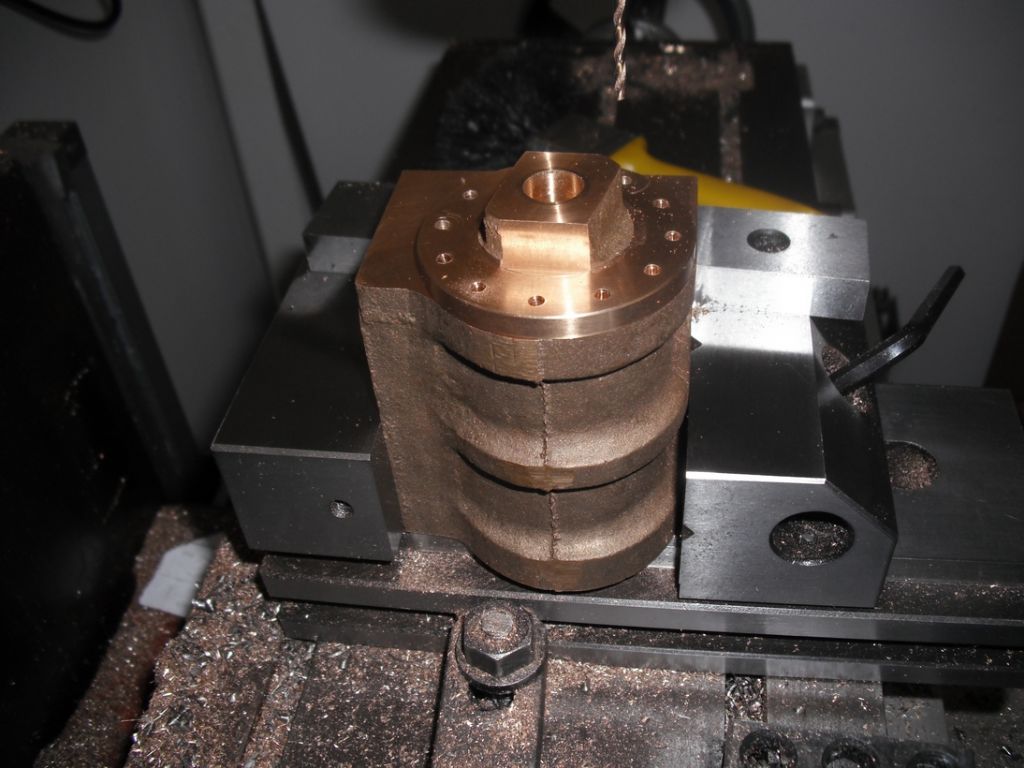Well if you will get other people to make your engines for you it's hardly surprising you don't use the DRO much
I very rarely do any layout work on a part, tend to locate one edge and zero the axis, locate opposite edge and use 1/2 function which will give me ctr between the two edges and work from there.
Metric Imperial is as you say useful depending on the job.
Next most used is PCD, enter the position of the ctr of the circle (usually 0,0) then fill in the rest – diameter, No of holes, start & stop positions) and it will then give you the position of each hole in turn. Much easier than using Zeuz tables.
Absolute and Incremental can be useful, the absolute can be used to move around the main part and say locate the ctr of a feature, then switch to absolute and layout holes, pocket etc from that point.
I have only used the ARC function a couple of times to mill curves and that is hard to understand in the manual. You can mill features you can't easily do on a Rotary table
Holes along a ling, again only used once or twice.
Anything else is obveously even less used as I can't think of the other functions.
J
Edited By JasonB on 21/05/2016 07:40:46
Phil Crossley 1.




 Might be an option – it can be compatible with all sorts of scales. Throw the difficult one away and use that.
Might be an option – it can be compatible with all sorts of scales. Throw the difficult one away and use that.







